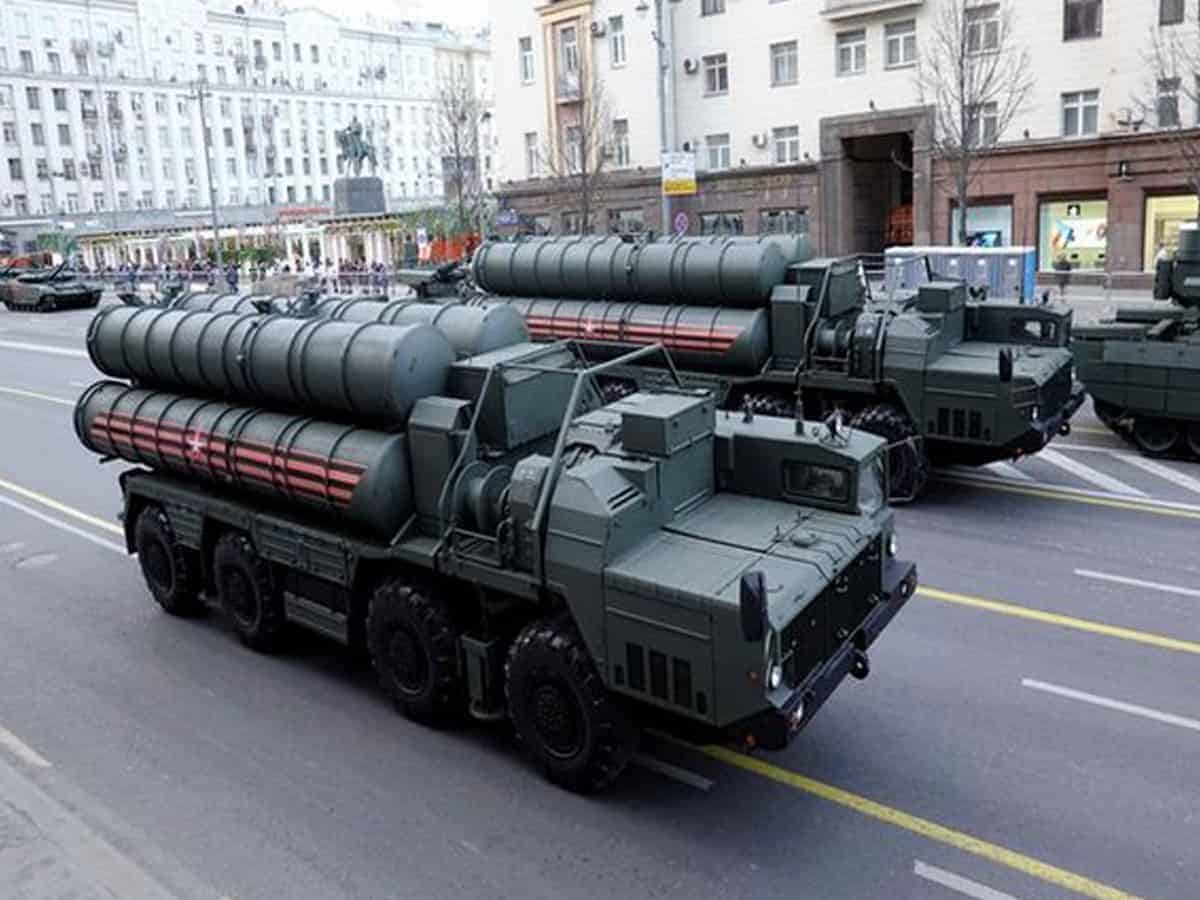Beijing: China has been procuring various Soviet-designed defense system like S-400s or S-300 and developed an updated version of those, which is less capable than provided by the original Russian product.
Russia’s seeming lack of worry may suggest that the HQ-9 is less capable enough relative to original S-400s or S-300PMUs to not really have much competition.
The National Interest reported that the Chinese industry doesn’t really have a “bottleneck” or a specific part that is known to be inferior relative to the Russian product.
The HQ-9 is China’s primary long-range domestic surface-to-air missile. Outwardly, it seems similar to the S-300, using large flat face radars and a large missile that vertically launches out of a canister. But since the Sino-Soviet split in the 1950s, China didn’t receive that much assistance in surface-to-air missile development from the Soviet Union.
At the time of split, China’s only true long-range SAM was the S-75 (SA-2). Work proceeded on various medium and short-range SAMs such as the HQ-61 and HQ-6. However, as China began modernising its military fully in the 1990s there was a lack of a true mobile long-range SAM such as the Patriot or S-300, both of which entered service in the United States and Russia in the 1980s.
According to National Interest, these missiles (S-400s or S-300) underwent significant reverse engineering and solutions from them were applied to the domestic HQ-9 missile. While Chinese sources credit Chinese engineers with developing the HQ-9 on their own.
The procurement of the S-300 prior to the first IOC of the HQ-9 suggests otherwise. Western sources tend to support the Russian point of view, stating that “The HQ-9 family of missiles are clearly derived from the Russian S-300PMU.”
The HQ-9 reached initial operational capability some time later (Chinese sources state 1995), and has been continuously modernized since. The acquisition of S-300PMU-2 missiles in 2004 provided further resources for China to develop the HQ-9. The current acquisition of S-400s in 2018 probably will contribute further towards the development of the HQ-9.
As a result of these developments, a myriad of variants of the HQ-9 have been developed. The HQ-9A was the first major deployed upgrade, which added additional anti-ballistic capability through improved electronics.
The HQ-9B is said to improve range, possibly out to around 250 or even 300 kilometers.
The HQ-9 is said to have been deployed to islands on the South China Sea, as per the Magazine.

